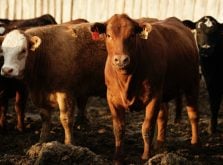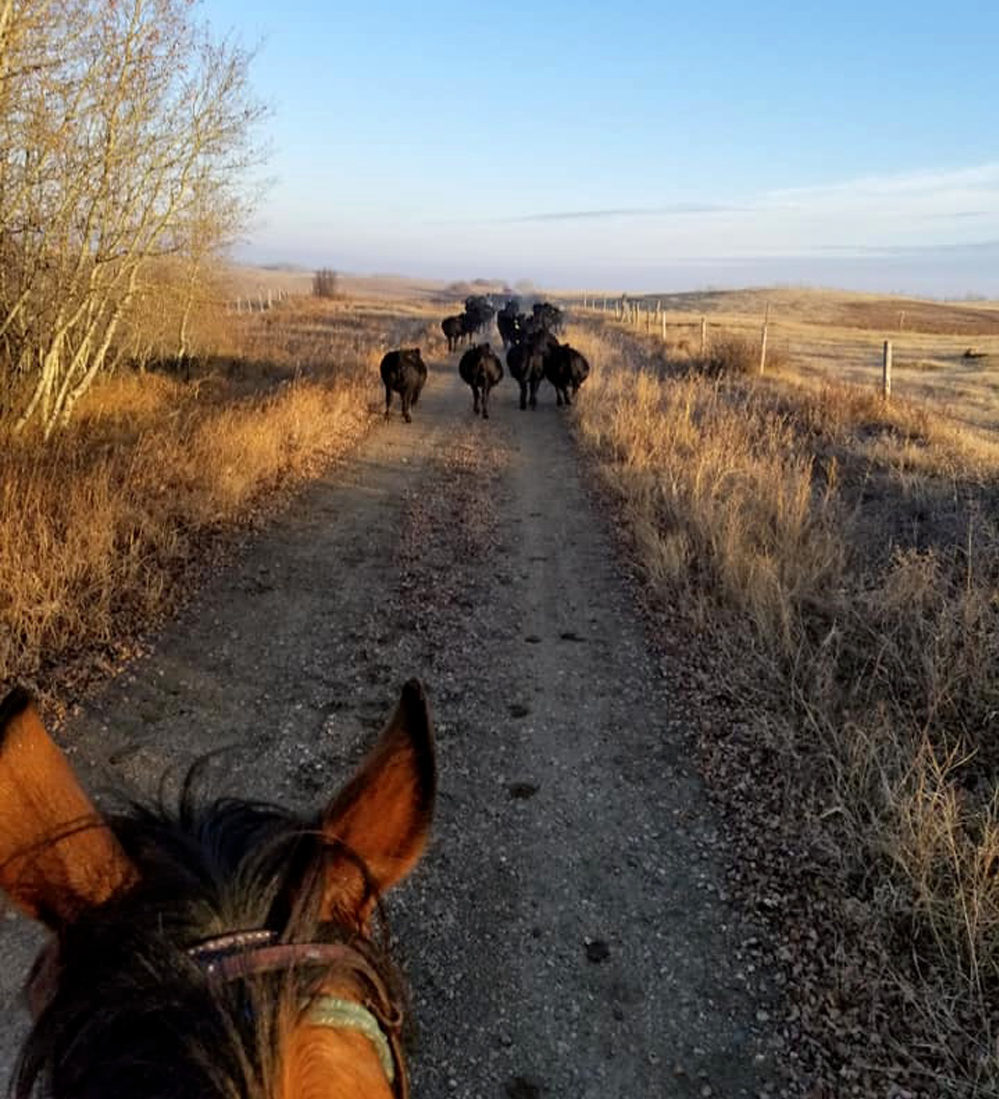Livestock producers all over the world understand the positive impact tracking and sharing animal data can have on their bottom lines. They know due to recent “food scares,” consumers want to know that the food they are going to feed their families is safe. They want to know where it comes from, how it was raised, and what chemicals or drugs were used to create it.
Not all farmers and ranchers are on board with the trend, however, and in some areas of Canada, cattle producers have been pushing back. Even though the use of RFID ear tags to identify cattle is mandatory, in some areas of Western Canada, where most of the cattle herd exists, compliance is only about 50 per cent. The Canadian cattle industry lags behind other sectors, and, as a result, it’s failing to take advantage of opportunities to grow by giving worldwide consumers what they want: reliable information about the history of their beef.
Take it seriously
To increase per-head profit, improve the world perception of the quality of Canadian beef, and expand domestic and international markets, the movement toward industry-wide traceability must be taken seriously. We have all heard it many times before. We live in a global market and we must do what the world market demands.
This is why the beef industry must learn something from Canada’s pork and lamb producers.
Canada’s pork industry is one of the few in the world to offer a nationwide traceability system. Through their recently unveiled PigTrace, the pork industry has successfully demonstrated they can quickly and effectively deal with food safety emergencies — improving response times and reducing market disruptions and economic impact. Pork producers understand traceability offers them a competitive advantage as consumers both domestically and globally gain more confidence in the quality of verifiable pork products. Equally important, PigTrace helps producers safeguard their businesses and bottom lines during a market disruption caused by food safety or animal health issues.
Read Also

Harvest wraps up and fall work begins
At the Eppich famly ranch in western Saskatchewan, the fall harvest was successful with few breakdowns, cows and calves have been sorted and a new tractor has arrived
Similarly, The Canadian Lamb Producers Co-operative is using technology to their advantage and are in the final stages of completing an electronic grading system to standardize the grading of lamb which will not only improve meat quality but will enable farmers to produce lambs with characteristics that retailers, packers, and consumers are looking for. In addition, they are also creating a system that creates true traceability of meat from the farm, through processing, to the retailer, and right to the consumers’ plates. The system will allow the lamb industry to grow, gaining a stronger foothold in the vast and growing markets of Asia, America, and Europe. Their new electronic grading system provides the cooperative with improved information about flock genetics, better feed-management practices and how to reduce operating costs, positively impacting profitability. Most of all, the grading system is increasing farm cash receipts, which is every farmer and rancher’s goal.
That’s great news for the lamb and pork folks, but what does it mean for cattlemen?
Missing an opportunity
Despite the size and significance of the cattle industry, true traceability throughout the supply chain is still a distant dream. Without it, the industry is missing out on an enormous opportunity for growth that the pork industry has already seized and the lamb producers will be unveiling soon.
For Canadian cattle, the multi-billion dollar world export market will remain largely beyond reach without consistent and reliable traceability. It’s only a short matter of time before all retailers demand the full history of birth and care from producers through to processors and packers before they will sell your beef. We are already seeing that with A&W and Loblaws, who are advertising heavily about the full traceability of their products and getting premium pricing for them. Costco sells grass-fed, hormone-free beef for 50 per cent more than regular beef.
McDonald’s, Canada’s largest retailer of beef, recently announced it has chosen Canada, over Australia and Europe, to launch a pilot project to meet their end goal of serving only “sustainable beef” across their entire global empire. The lesson here is, the more information you can provide about cattle genetics, feed management and medical treatment to consumers, the more in demand your cattle will be and the more profitable everyone will become.
Traceability provides for the kind of collaborative economics that is vital for the industry’s long-term sustainability and growth. Boosting revenues and profitability is a direct result of traceability and improved beef quality. It’s as simple, and as complicated, as that.
In order to work, tracking has to flow throughout the supply chain — from lineage, to history of care, to production, and processing — to provide fast, credible, accurate, and consistent data to everyone.
















